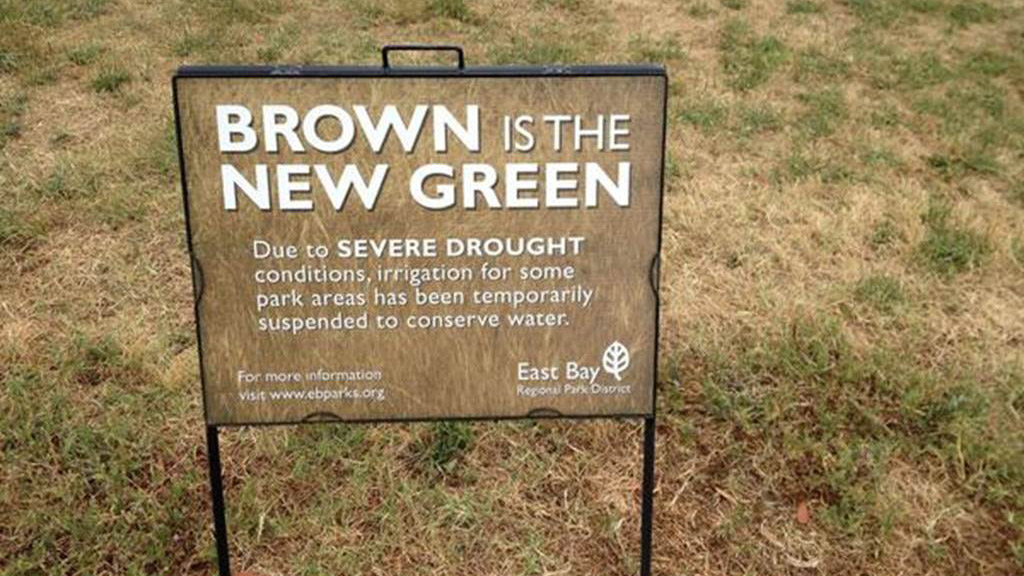Golf is a conspicuous user of water. All golf courses apply water to keep the turf healthy, but they don’t use nearly as much as many people think.
A recent survey from GCSAA shows that golf courses have reduced water use by 29% since 2005, yet the perception remains that golf courses over-apply water. That perception is heightened even more when water restrictions are imposed, causing bitter arguments about who deserves the water more.
Having a long-term water plan for your golf facility is critical for staying in business and producing the quality conditions that customers expect, especially at times when water is in short supply. Whether your facility has plentiful water or is in a constant state of drought emergency, there are six basic questions every golf facility should be asking about water so that a practical plan can be developed to manage water as efficiently as possible, both now and in the future. This is part one of a six-part series that explores each of these questions regarding golf course water use.
Question 1: Do we have a dependable source of water, both now and in the future? Could that situation ever change?
Golf courses get water from a variety of sources, including lakes, rivers, wells, municipal supplies, and recycled water. While many feel secure about their long-term water supply, the water you think you own today you may not own tomorrow. A variety of things can happen that threatens the long-term water supply, including:
- A change in the underground aquifer that reduces or eliminates the amount of available water.
- Overdraft of underground water supplies prompting mandatory cutbacks.
- A change in the quality of water from a river or underground aquifer making it no longer suitable for turfgrass irrigation.
- Reallocation of existing water supplies by government agencies.
- Sharp increases in the cost of water, resulting in a threat to the economic viability of the golf course.
- Changes in laws pertaining to water rights and moratoriums on drilling wells.
- Vulnerability to water cutbacks during times of drought.
The best scenario is for a golf course to have a backup supply of water or access to multiple sources. Many of these circumstances are beyond the control of the golf facility, but superintendents and decision-makers at the golf course can start the conversation with water officials to ask about the feasibility of recycled water, drilling additional wells, and other potential sources of water.
Planning and investigating alternative water sources before a crisis occurs removes much of the uncertainty and puts the golf facility in a stronger position for the future.




